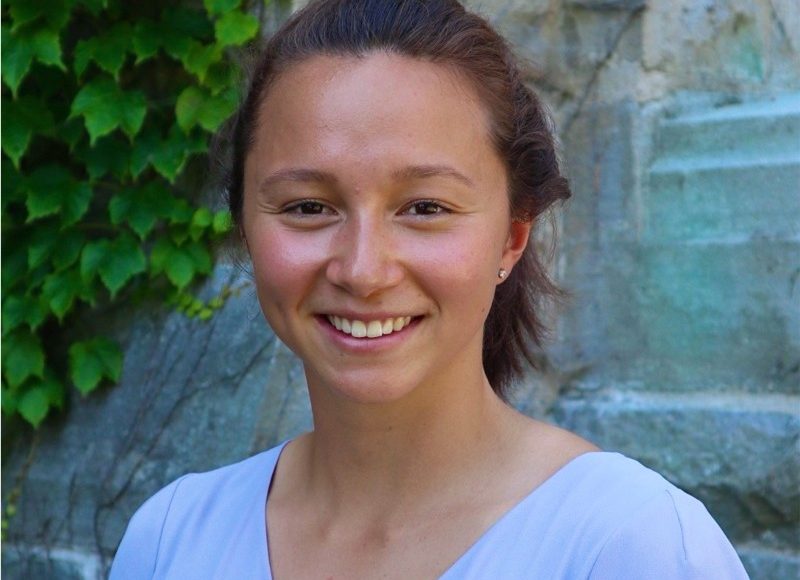Erin Lee, PhD Thesis Exam
Abstract Across ape species, a large variation in shoulder bone morphology (shape) corresponds to broad differences in upper limb behaviour. Over millions of years, humans have evolved unique shoulders that allow us to execute tasks with speed, dexterity, and power. Today, the human shoulder is highly variable and specific shape features are correlated with rotator cuff injury. This suggests that variation in shoulder bone morphology alters the mechanical function of the shoulder on a large, interspecific scale (influencing behaviours across species) and on a smaller, intraspecific scale (impacting propensity for injury within humans). In this work, I investigated the relationship between shoulder shape and function using computational and experimental methods. To provide evolutionary context for modern human shoulder function, I first used a proximity-based model to estimate the 3D glenohumeral range-of-motion of living and fossil primates and identified mobility-enhancing shape traits. I found that, relative to other apes, humans have highly mobile shoulders that favor activities at low levels of arm elevation. I then examined the sources of variation in modern scapula (shoulder blade) shape and found that males and females possess significantly different shapes. Next, I investigated the interactions among shape, motion, and muscle function and their implications for rotator cuff injury. I found that scapula shapes predictive of rotator cuff tears inhibited the stabilizing role of the supraspinatus, potentially increasing the load required by the tendon to maintain stability during arm-raising. However, this shape-driven effect was partially modulated with kinematic adjustments, indicating that healthy individuals may adapt their kinematics according to their anatomy to modulate muscle function. To further understand the mechanics behind healthy shoulder kinematics, our final study employed biplanar videoradiography to compare the motion of the scapula during two tasks imposing opposite loading profiles on the shoulder: a press-up and a pull-down. Scapula motion differed significantly between tasks, shedding light on how the scapula may assist in stabilizing the glenohumeral joint. Overall, this work contributes to an improved understanding of how large- and small-scale variations in shoulder morphology influence function. Our findings provide insights into human evolution, injury mechanisms, and the characteristics that define healthy shoulder function.

